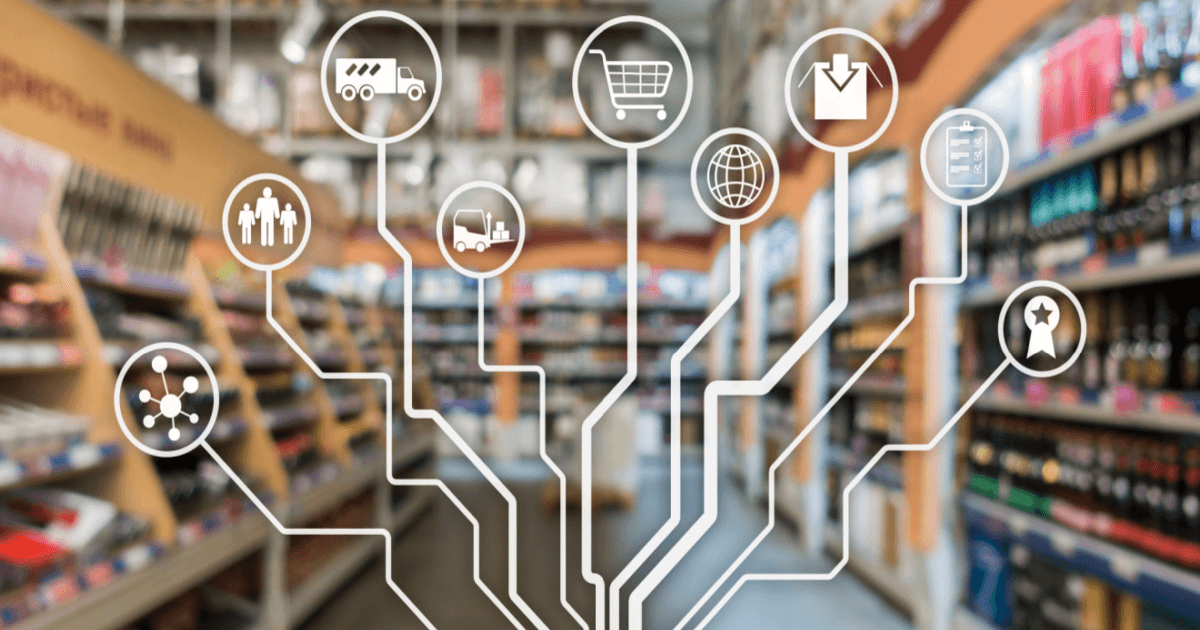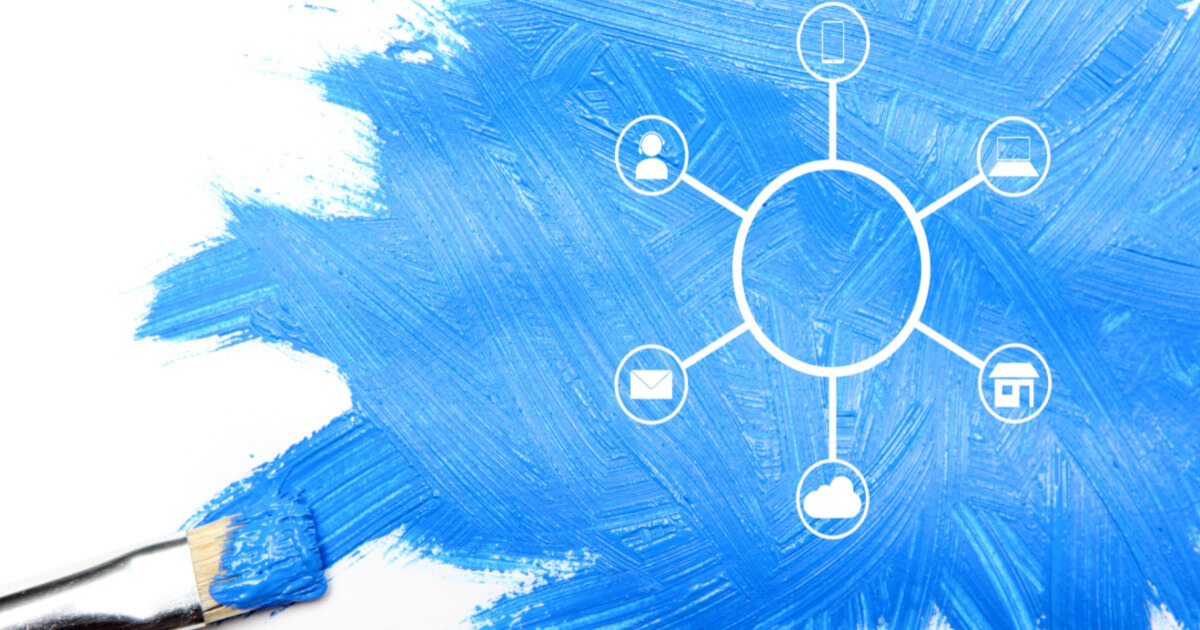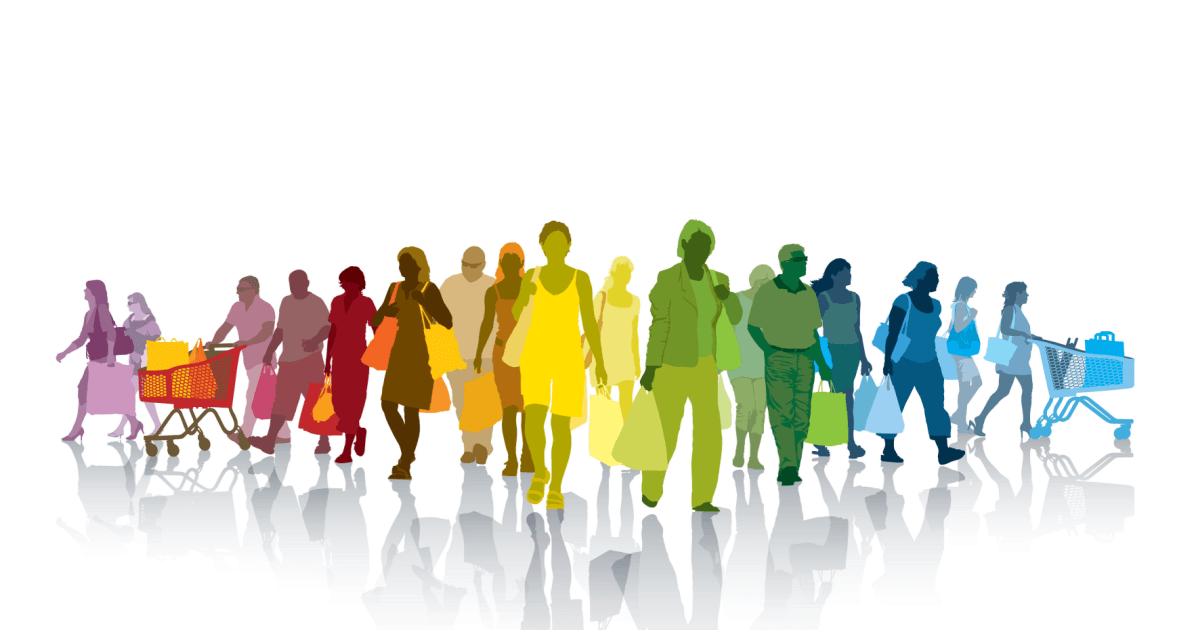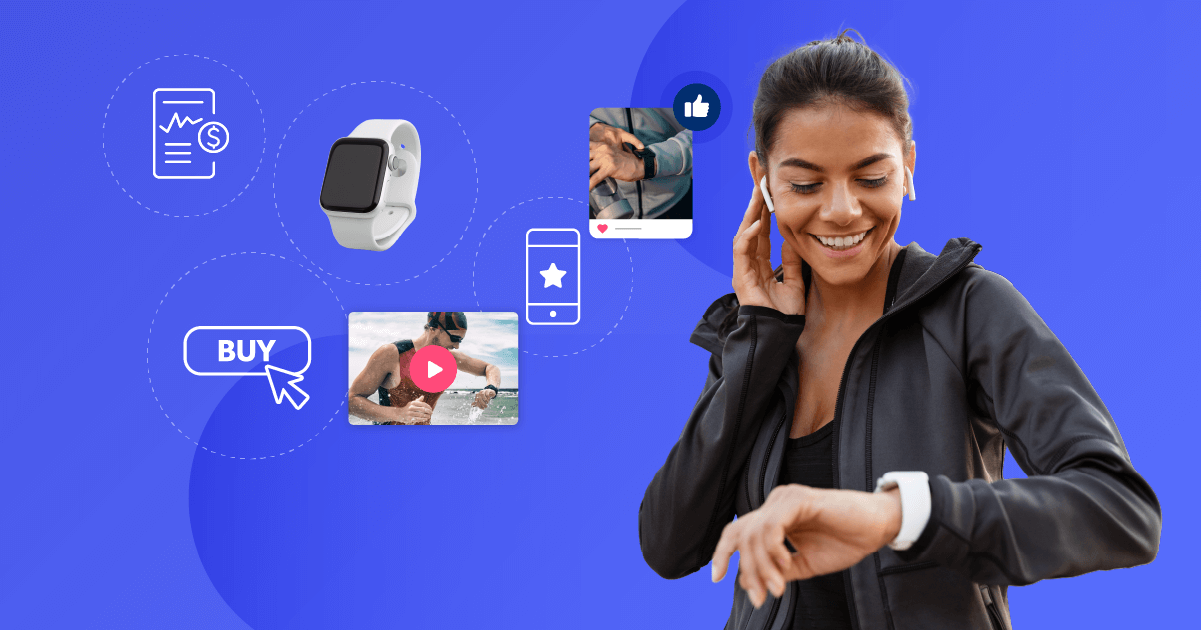July 4, 2022
Whether they’re browsing your display racks in-store or your TikTok feed on their phone, you want to provide every customer, on every channel, a unified omnichannel experience. This is even more important after the boom in online shopping brought on by COVID-19. Even though many restrictions have been lifted, shoppers still love making purchases online.
According to our 2022 Shopper Experience Index, 64% of respondents said they enjoy a “hybrid” shopping experience in which they buy products online as well as in-store. Globally, 30% of consumers say they now shop online at least once a week.
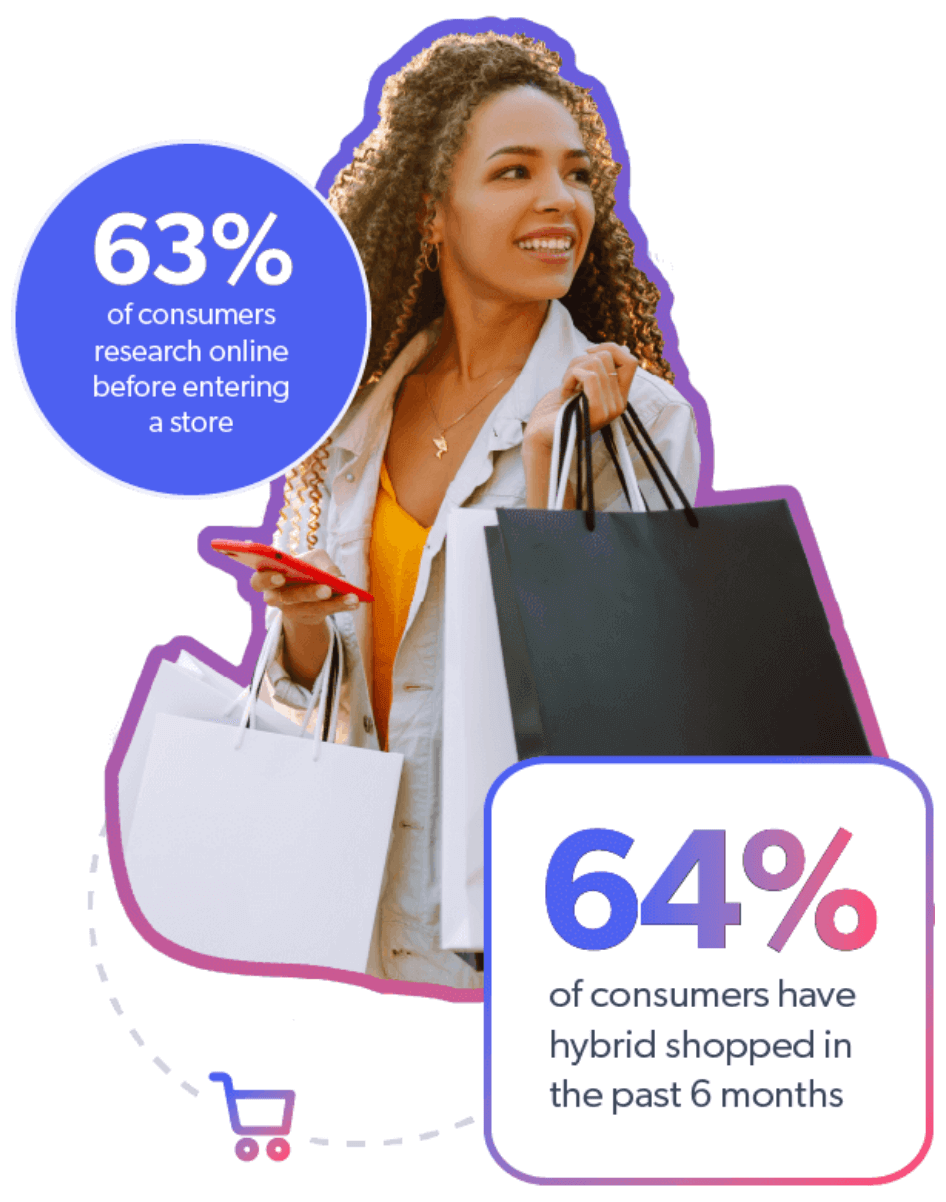
To appeal to today’s shoppers, brands big and small must offer a high-quality omnichannel experience, which HubSpot defines as, “a seamless and consistent experience across channels, while factoring in the different devices that consumers are using to interact with your business.”
The pandemic isn’t the only factor driving this trend. Technology continues to evolve and incorporate itself in our daily lives. The number of smartphone users has almost doubled since 2016, from 3,668 million to 6,567 million in 2022. By 2027, that number is expected to rise to 7,690 million users.
Between COVID-19 and the increased access and exposure to technology, shoppers’ needs and expectations have changed. Today, as many as 50% of consumers are using multiple channels to complete a purchase. We’re now living in a phygital era.
Retailers and brands that meet these shoppers’ needs by offering an omnichannel experience are more likely to reap the rewards — and profits. According to a data analysis of 130,000-plus Omnisend campaigns, marketers who used three or more channels to promote a campaign achieved a 494% higher average order value than those who only used a single channel.
In addition, Harvard Business Review found that, on average, customers who interacted with companies on 4+ channels spent 9% more when compared to those who used only a single touchpoint.
Ready to offer your customers a more holistic omnichannel experience? Here’s how to get started.
Omnichannel 101
The hallmarks of a successful omnichannel experience are cohesion and consistency. Every interaction a customer has with your brand, no matter the touchpoint, needs to build upon and strengthen the one before.
From your website to your window decorations, the customer experience should feel seamless. The voice and visuals you use in your email should match the signage in your stores. The clothing staff wears to events should complement the style of your in-store associates.
Give your customers what they want, not what you think they want
To offer the best omnichannel experience, you need to understand who your customers are and how you can create experiences that best serve them.
How do you find out what customers want? Listen to them. User-generated content (UGC) like reviews, social media comments, and customer blog posts can highlight opportunities to improve every aspect of the omnichannel shopping experience.
Doing so will put you in good company, according to our Shopper Experience Index:
- 75% of consumers say they rely on UGC feedback to improve their customer service
- 66% say they use it to improve products
- 50% say customer reviews help guide their marketing and messaging strategy
For example, when developing product page descriptions of a new cosmetic line, our client Burt’s Bees turned to their reviews. Here, they learned that customers were having trouble picking out a foundation that would work with their skin tone.
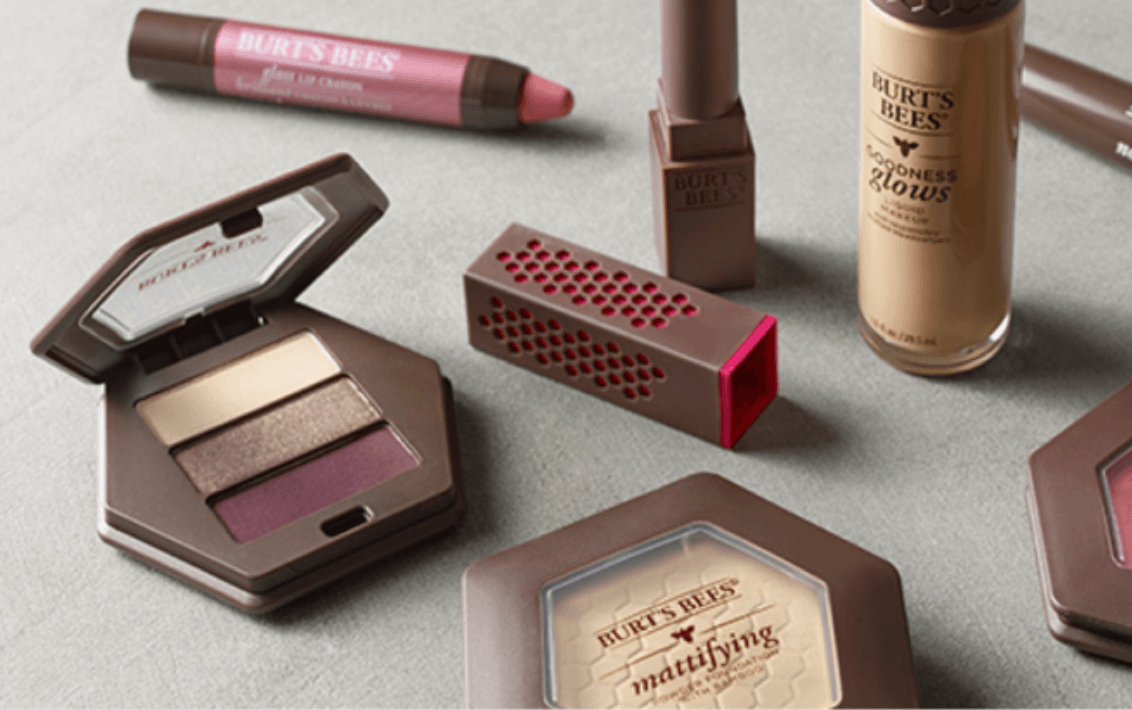
To make it easier for customers to find the right product, Burt’s Bees created a foundation shade finder guide. A tool like this could be used online or in-store to increase customer confidence and deliver the best product.
Use loyalty programs to drive your omnichannel experience
To understand your customers’ needs, you need data. One of the most powerful ways to collect those insights — while strengthening your relationship with shoppers — is offering a customer loyalty program.
Most online shoppers understand that the sites they visit capture information about them, ranging from their email to their job and relationship status. And they’re happy to share that data if it means a better shopping experience. According to McKinsey, 71% of consumers expect companies to personalize their customer interactions. And over 75% of consumers say they get frustrated when brands don’t.
Once you have the data, you can leverage it to find opportunities to improve your omnichannel experience, customize promotions and deals, and increase brand loyalty.
Encourage customers to use their phones while shopping in-store
If you’ve noticed an increase of customers using their phones while perusing your display racks, you’re not alone. According to Google, a striking 70% of smartphone users who bought something in a store first turned to their phone for information about that purchase.
And if they like what they see, they’re willing to spend. Google also found that 35% of people who searched on their phone spent more than they expected in the store. To meet the needs of these curious consumers, we recommend offering a robust collection of UGC on your mobile site.
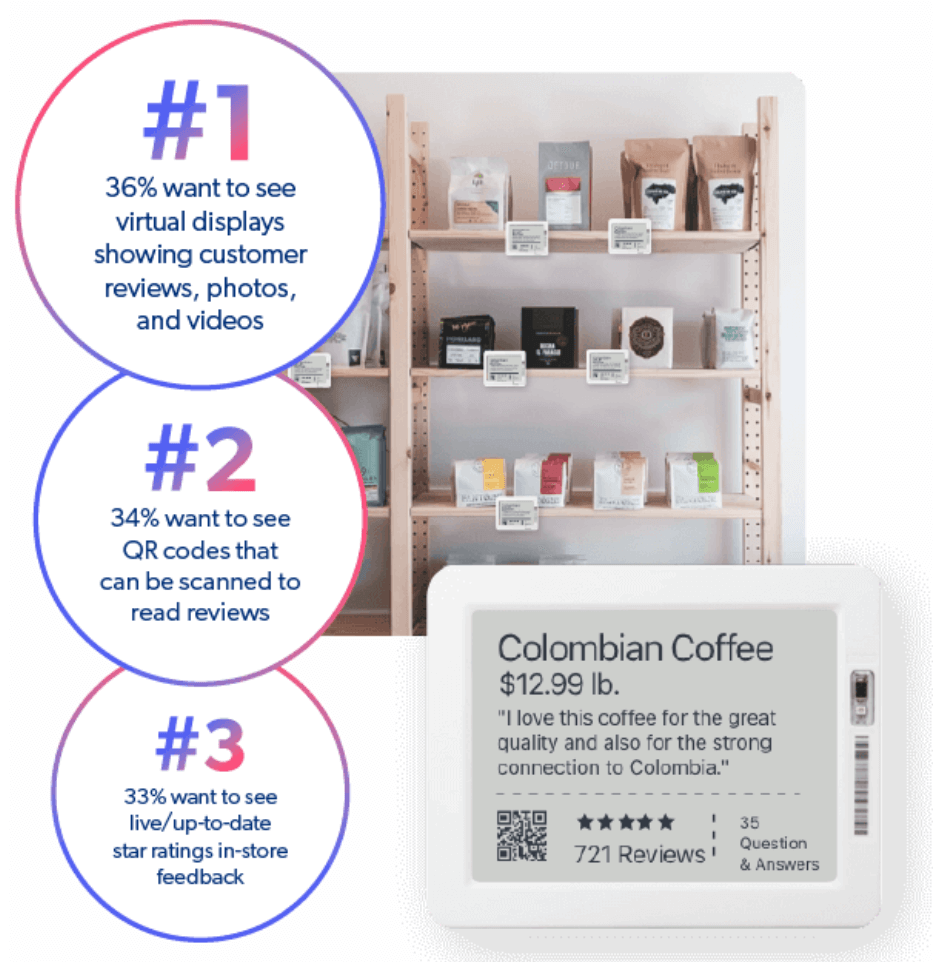
Even better, leverage all of that UGC into your in-store promotions. When we asked consumers what technologies they’d like to see integrated into the brick-and-mortar shopping experience, 36% said they’d like to see virtual displays of reviews and customer photos. 34% said they wish brands offered a QR code they could scan to read reviews about an item.
Make it easy for shoppers to learn more about your products, and you’re better positioned to close the sale.
Be consistent with communication
From email and text to social media posts and in-store signage, there’s multiple ways to communicate with your customers. Whichever avenue you choose, you want to ensure your messaging and experience are the same across all channels.
Make sure your brand colors and imagery are the same across all platforms, and your choice of language is similar. Not only will this help strengthen brand identity, but this level of consistency can help solidify your messaging in your customer’s mind.
For digital communication with trackable metrics (open rate, link clicks, etc.), identify which messages resonated with your customers by looking at these metrics. Lean into the channels that are successful for communication, and mirror other communications off of those. This consistent messaging experience will be appreciated by your customers.
Brand examples
For inspiration, check out these brands that have mastered the omnichannel experience.
Sephora
Sephora has created an omnichannel experience that’s delightful for online and in-store shoppers. The brand offers QR codes and other search tools to help brick-and-mortar shoppers browse Sephora’s extensive selection of beauty products.
Online, customers can use virtual reality to see what products will look like once applied. And the store’s chat function instantly connects shoppers with a beauty advisor who can answer any questions they have about a product.
Finally, the brand’s Beauty Insider loyalty program is a smart way to gather and store rich first-party customer data while providing personalized offers and messaging.
Timberland
The outdoor apparel brand Timberland was an early adopter of the omnichannel experience.
In 2016, the store offered in-store shoppers tablets that they can use to learn more about products. Customers can find information similar to what they’d expect from the store’s product pages. They can also view related items and recommendations and save items to a wishlist.
Pride Socks
In addition to their online shop, Texas-based Pride Socks turned to social media to drive conversations and sell more apparel that spreads, “love, pride, respect, and inclusion.”
The brand’s rainbow tube socks were a hit on Instagram and Facebook. Pride Socks saw a 36% increase in sales from Instagram Checkout and the integration with Facebook.
Topshop
As part of its London Fashion Week marketing campaign, the fashion brand Topshop launched several digital billboards throughout the United Kingdom.
When someone on Twitter used the hashtag “#LFW,” the billboards displayed the tweet along with a corresponding Topshop product. The billboards were all located within a 10-minute walk from the company’s stores, making it easy for shoppers to learn about — and purchase — the latest Fashion Week trends.
In closing, retailers that embrace omnichannel are positioned to not only succeed, but also offer their shoppers the best brand experience and highest quality of customer service.
To learn more about how to successfully create an omnichannel experience, check out our guide Omnichannel commerce: How to do it successfully (and why).
